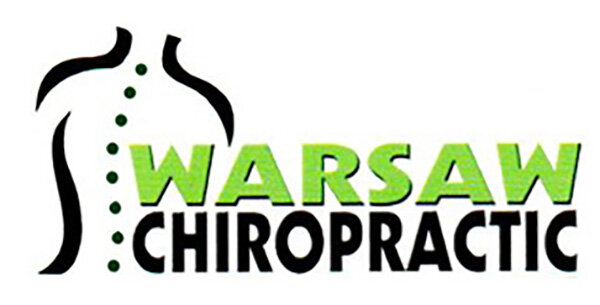Disc Problems
The spinal column is made up of bones (vertebrae) and spongy pads (discs) that allow for bending and side-to-side movement of the body. The discs are also referred to as intervertebral discs and are approximately 1 inch in diameter and one-quarter inch thick. They are flat and circular with a strong outer membrane (annulus fibrous) and elastic core (nucleus pulpous) and are the shock absorbers for the spine.
Children are less prone to disc injuries because their discs are filled with fluid. The soft inner material begins to solidify as you age. Adults are more prone to degeneration and injury of the spinal discs because they are hard like a piece of rubber.
Disc herniation is called slipped or bulging discs. The gel inside the disc bulges out through a break in the annulus fibrous. The pain produced by the bulge is a result of the irritated nerves surrounding it. While some patients may have no symptoms from a bulging disc, it can cause not only pain but numbness and weakness of an arm or leg.
Protrusions and prolapses are the two types of herniations. When the disc is pushed out of shape, it is called a protrusion. During a prolapse, the disc can connect with the spinal cord or compresses nerves.
If you think you have a herniated disc, call Warsaw Chiropractic for an evaluation.
